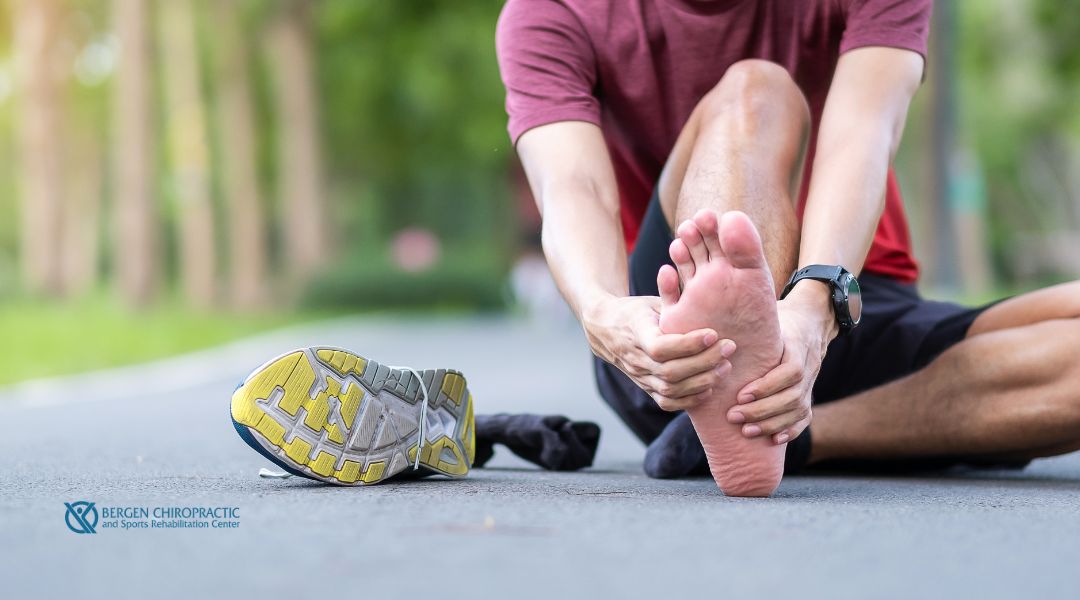Learn how chiropractic care safely eases hand numbness during pregnancy at Bergen Chiropractic.
Aligning for Two: Chiropractic Solutions for Prenatal Joint Pain
Chiropractic care eases prenatal joint pain with safe, effective solutions for expectant mothers at Bergen Chiropractic.
Enhancing Chiropractic Skills in Bergen County, NJ: Practitioner Training at Bergen Chiropractic
Enhance your chiropractic skills with expert training at Bergen Chiropractic in Bergen County, NJ, designed for practitioners seeking to expand their expertise.
Relieving Hip Pain in Bergen County, NJ: How a Local Chiropractor Can Help
Learn how a local chiropractor in Bergen County, NJ, can help relieve hip pain with effective, natural treatments tailored to your needs.
Align for Adventure: Chiropractic Benefits for Outdoor Enthusiasts This Spring
Ready to enjoy the outdoors this spring? Chiropractic care for outdoor enthusiasts improves flexibility, prevents injuries, and supports better movement.
Beyond Ice Packs: How Chiropractic Care Addresses Knee Pain in Teens Holistically
Explore the benefits of chiropractic care for knee pain in teens, focusing on holistic methods for pain relief, mobility improvement, and overall wellness.
Shake Off Winter Stiffness: Preparing Your Body for Spring With Chiropractic Care!
Ease winter stiffness and prepare for spring with chiropractic care, improving mobility, reducing tension, and keeping your body strong and flexible.
Building a Strong Foundation: Why Kids Should Visit a Chiropractor Before Joining Sports Teams
Chiropractic care helps kids build a strong foundation for sports by improving alignment, preventing injuries, and enhancing performance before joining a team.
Plantar Fasciitis in Runners: Chiropractic Solutions for Faster Recovery
Speed up recovery from plantar fasciitis with chiropractic care—learn how runners can relieve pain, improve mobility, and get back to training faster.
Weathering the Storm: Chiropractic Care for Weather-Induced Headaches in Spring
Relieve springtime headaches with chiropractic care—learn how weather changes trigger pain and what treatments help restore balance and comfort.










